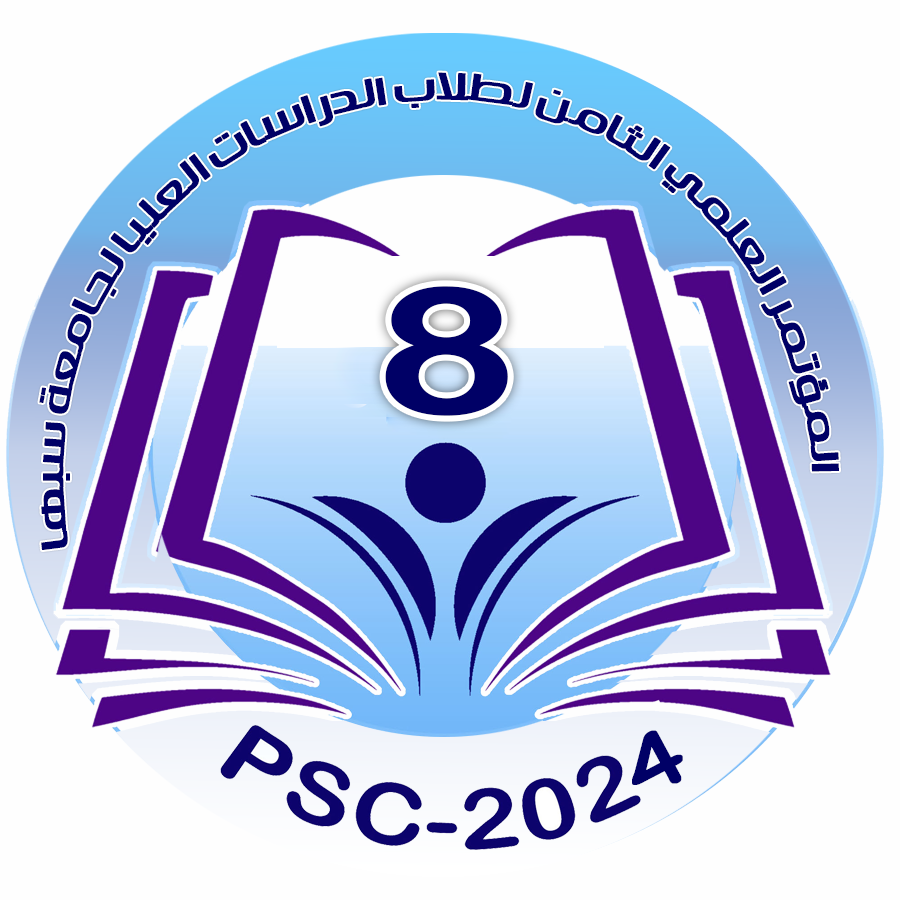Isolation of bacteria from various types of raw milk and assessing their antibiotic sensitivity in the city of Sabha.
Main Article Content
Abstract
This study focuses on the analysis and isolation of bacteria from various types of raw milk and testing their sensitivity to antibiotics in the city of Sabha. The primary objective of the research reflects its potential conclusions based on raw milk samples, with a specific focus on potential sources of contamination and the evaluation of milk quality, particularly concerning the presence of Listeria monocytogenes bacteria. The study aims to better understand the potential risks that may impact the dairy industry and its products, and to provide scientific foundations for the development of effective strategies for monitoring, prevention of contamination, and ensuring the safety of food products.The study analyzed samples of raw milk from different areas of Sabha over a specified period, with the aim of identifying present bacteria and assessing their sensitivity to antibiotics. It was found that there is a potential contamination in milk with high levels of certain bacteria such as Escherichia coli and Listeria monocytogenes, necessitating health measures to control it. Furthermore. were collected 25 samples of raw milk from different stores within the city of Sabha, including stores in Al-Manshiya, Al-Qarada, and Al-Jadid. The samples were distributed as follows: 7 samples of camel milk, 10 samples of cow milk, and 8 samples of goat milk. After using microbial diagnosis, bacteria were obtained: Salmonella spp, Listeria monocytogenes, Staphylococcus aureus, Escherichia coli, Klebsiella spp, Pseudomonas spp, Enterobacter spp A test was conducted for the sensitivity of bacteria to antibiotics. It was found that all bacterial species were 85% resistant to antibiotics. The p value was approximately (\(7.42 \times 10^{-16}\)،) and this confirms the presence of significant differences between the rates of resistance to antibiotics. The study revealed high levels of bacterial resistance to antibiotics, highlighting the need for specific monitoring strategies and the development of policies to combat this issue. Overall, this study provides valuable insights into milk contamination and antibiotic resistance, emphasizing the importance of cleanliness and control in the dairy industry to ensure the safety of food products and the development of appropriate health policies.
Article Details

This work is licensed under a Creative Commons Attribution-NonCommercial-ShareAlike 4.0 International License.
